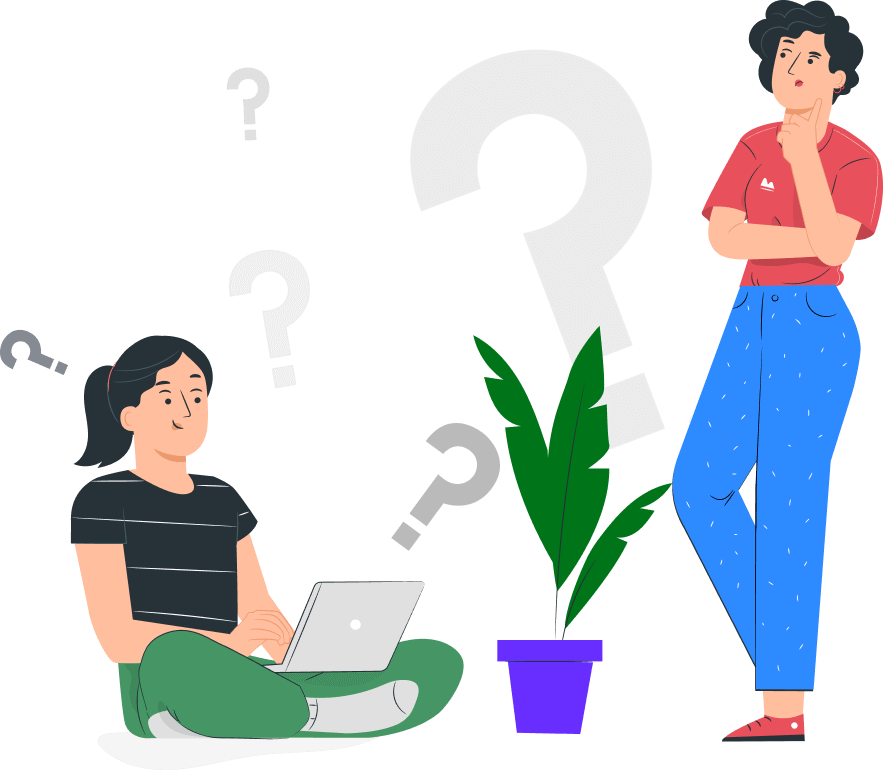What is a Random Color Generator?

- A random color generator is a tool that generates different combinations of colors ranging from white to black and all the shades in between.
- These colors can be displayed in a variety of formats, such as hexadecimal, RGB, and CMYK along with its Hue, Saturation and Light Values.
- It creates random colors by combining random numbers for each the R, G and B component.
- This tool can therefore generate 16 Million+ colors potentially. As each of Hex color code or RGB have a range of 0-255 and when combined it can pick upto 256 ^ 3 which is 16,777,216 different colors
How to Generate Random colors using the tool?
- Enter no of colors to be generated per batch in the field labelled as 'How many Colors?'. The maximum per batch is 20 and default is 4
- Select a base color if you want colors of a particular shade. This is optional
- Click on the button 'Generate Random Color'. The tool will generate the colors along with its rgb, hex code and name of color
- Copy or Save the colors in json format
- Click on Refresh to generate fresh set of colors. You can use it free with no restrictions
What are the Benefits of a Color Generator tool?
- Web Developers and UI Designers can use random color generators to explore new color palettes, create visually appealing designs and for accessibility design.
- Artists and Brand designers can use random color generators to take inspiration for their artwork, explore different colors and use this to build on their imagination and creativity for their product designs
- Color Researchers, Advertisers can use it for their research on effect on colors on moods and psychology of colors.
- Any User can use it for their personal work / hobbies, to pick suitable colors for their attire
- Random color generators can be used to teach children all the different colors that exist .
Is Hue same as Color?

- Hue is not identical to Color.
- Hue means just the color part which is RGB (the combination of Red, Green and Blue). It refers to color combination of primary and secondary colors and all possible colors between Black and White
- Hue value ranges from 0x00 to 0xFF
- A Color has attributes such as saturation or intensity, brightness or luminosity.
- A Color includes RGB Hue value with corresponding Saturation and Luminosity values.
- Saturation refers to the intensity of the color. 100% Saturation means the color or hue is pure not mixed with other shades, 0% means it's more of grey and not pure.
- Lightness is same as Brightness which is amount of white / black color added to the hue. Light color are also referred as tints and dark color are referred as shades and grey color added to the hue are referred as tones.
- So, a Color is equal to Hue + Saturation + Luminosity. HSL, HSV, HSB are some of the commonly used abbreviations for the same.
Frequently Asked Questions on Random Color Generator

A color is a combination of Red, Green and Blue color values each ranging from 0 to 255.
for eg RGB for White is 255, 255, 255 and RGB for Black is 0, 0, 0.
All other colors are in between these two.
Random color is created using Random number generators which takes an input with minimum as 0 and maximum as 255.
Hex code is hexadecimal representation of RGB code.
It expresses the same color in hex format.
Hexadecimal system uses 0-9 , A-F to represen the binary digits.
255 is FF in hexadecimal and 0 is 0 in hexadecimal.
In RGB, for each of the R,G and B, we can have values ranging from 0 to 255.
So total no of possible colors are 256 to the power of 3 which is 16,777,216. (16+ Million)
Red, Yellow, Blue are the 3 primary colors.
Orange (Red-Yellow), Green (Blue-Yellow), Purple (Red-Blue) are the secondary colors.
Combining Primary and Secondary gives tertiary colors.
Vermilion (orange - red)
Magenta (red - purple)
Violet (purple - blue)
Teal (blue - green)
Chartreuse (green - yellow)
Amber (yellow - orange)
Colors arranged in a circular way showing relationships between colors and how they are formed.
The 12 primary, secondary and tertiary colors form the basis of the color wheel.
There are 2 types - RYB and RGB color wheels.
Primary, Secondary and Tertiary colors are referred as Hues or Pure Colors.
Adding black to the hue is shade . The original color is same, it's just darkened with black.
Adding white to the hue is tint. The original color is not changed, but it's lightened with white.
Adding grey (black and white in equal mixture) to the hue is toning.
Its effect is to make the hue dull.




